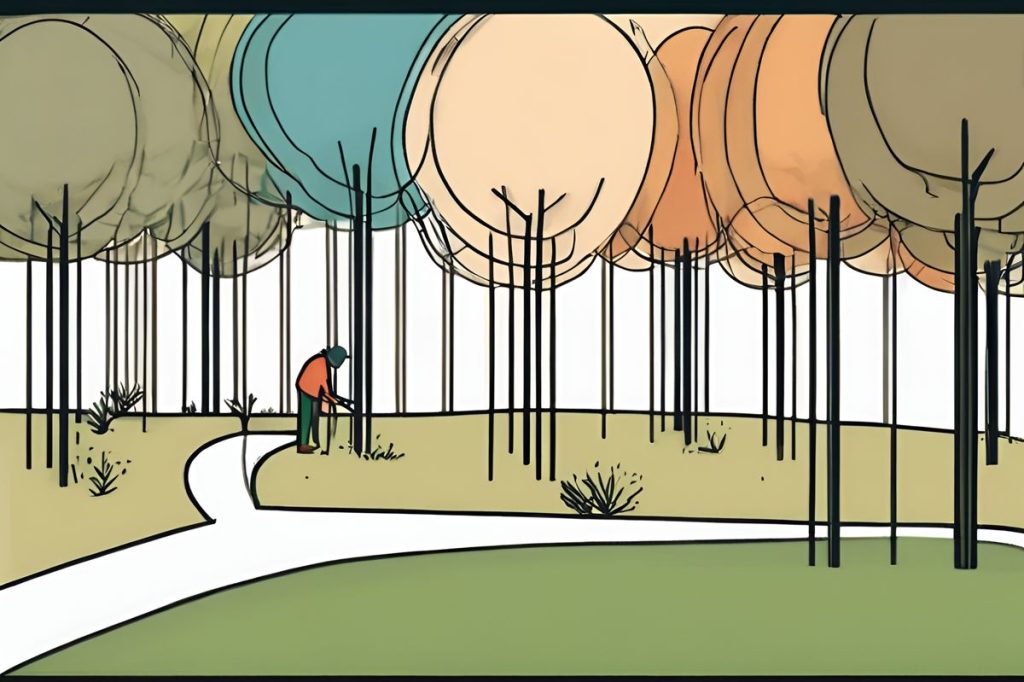The Federation of Environmental Organisations proposes a sustainable development plan for Akamas, advocating for infrastructure rooted in sustainable mobility, the expansion of Natura 2000 sites, and banning hunting to protect the region’s biodiversity. This call for action aims to preserve Akamas’ natural beauty and delicate ecosystems for future generations, urging a balance between development and conservation to ensure the region’s environmental sustainability.
What is the sustainable development plan proposed for Akamas?
The sustainable development plan for Akamas, proposed by the Federation of Environmental Organisations, includes:
1. Rooting infrastructure in sustainable mobility, prioritizing pedestrians, cyclists, and electric buses.
2. Reducing park entry points and removing commercial shops within park boundaries.
3. Expanding Natura 2000 sites for enhanced biodiversity conservation.
4. Banning hunting and supporting local community-led sustainable development.
A Plea for Akamas’ Future
In the heart of Cyprus lies Akamas, a region teeming with biodiversity and natural beauty. However, this pristine environment faces a threat due to the absence of a comprehensive and sustainable development plan. The Federation of Environmental Organisations (Opok) has raised the alarm, suggesting that the current approach to developing the area fails to uphold the delicate balance needed to preserve Akamas for future generations.
The letter sent to President Nikos Christodoulides by Opok underlines the group’s dissatisfaction with the government’s apparent reluctance to amend the current development strategies. Their concerns are not unfounded; Akamas is home to various endangered species and unique ecosystems, necessitating careful planning to ensure their protection. The federation insists on corrections to past errors to prevent further damage that could prove devastating to the environment, local communities, and all who take solace in the region’s natural wonders.
Sustainable Mobility and Infrastructure
A core issue brought to light by environmentalists is the out-of-place urban development model being applied to Akamas, which emphasizes the usage of cars over more eco-friendly alternatives. Opok advocates for a radical shift in how the infrastructure of Akamas is envisioned. They propose a plan rooted in sustainable mobility principles, favoring pedestrians, cyclists, and the use of electric buses over private vehicles, which should be relegated to the outskirts of the park.
Opok’s vision extends to a restructuring of the park’s accessibility. They argue for a reduction in the number of entry points and suggest the removal of commercial shops and refreshment stands from within the park boundaries. The group contends that these facilities not only harm the environment but also the economic wellbeing of Akamas’ local communities, which offer similar services.
Biodiversity Conservation and Community Support
The conversation about Akamas’ future isn’t complete without addressing the protection of its rich biodiversity. Opok urges the inclusion of more Natura 2000 sites—areas designated for the conservation of natural habitats and species within the European Union—within the park’s boundaries to ensure holistic environmental stewardship.
Furthermore, the federation calls for a ban on hunting within the park, a practice that can disrupt wildlife populations and ecosystems. Instead, they propose encouraging sustainable development within the surrounding communities. Local residents could play a pivotal role in conservation efforts, fostering an economy that benefits from and contributes to the park’s health and sustainability.
A Balance of Development and Preservation
The current stance towards development in Akamas presents a dilemma: how to balance human interests with ecological preservation. Akamas is not merely a park but a symbol of nature’s intrinsic value, a place where wildlife and people can coexist in harmony if given the proper framework for sustainable development. With international principles of biodiversity protection at the forefront, there’s hope that Akamas can be saved from the brink of environmental decline, ensuring that its beauty and ecological significance remain intact for everyone to enjoy.
What is the sustainable development plan proposed for Akamas?
The sustainable development plan proposed for Akamas includes rooting infrastructure in sustainable mobility, expanding Natura 2000 sites for enhanced biodiversity conservation, reducing park entry points, removing commercial shops within park boundaries, and banning hunting to protect the region’s biodiversity.
Why is sustainable mobility and infrastructure important for Akamas?
Sustainable mobility and infrastructure are crucial for Akamas as they reduce the impact of human activities on the environment. By prioritizing pedestrians, cyclists, and electric buses over private vehicles, the region can minimize pollution and preserve its natural beauty and delicate ecosystems.
How does banning hunting contribute to the protection of Akamas’ biodiversity?
Banning hunting within Akamas helps protect wildlife populations and ecosystems from disruptions caused by human activities. By implementing this measure, the region’s biodiversity can thrive, ensuring the conservation of endangered species and unique ecosystems for future generations to enjoy.
How can local communities support sustainable development in Akamas?
Local communities can support sustainable development in Akamas by engaging in community-led conservation efforts and promoting an economy that benefits from and contributes to the park’s health and sustainability. By working together, residents can play a crucial role in preserving Akamas’ natural beauty and biodiversity.

